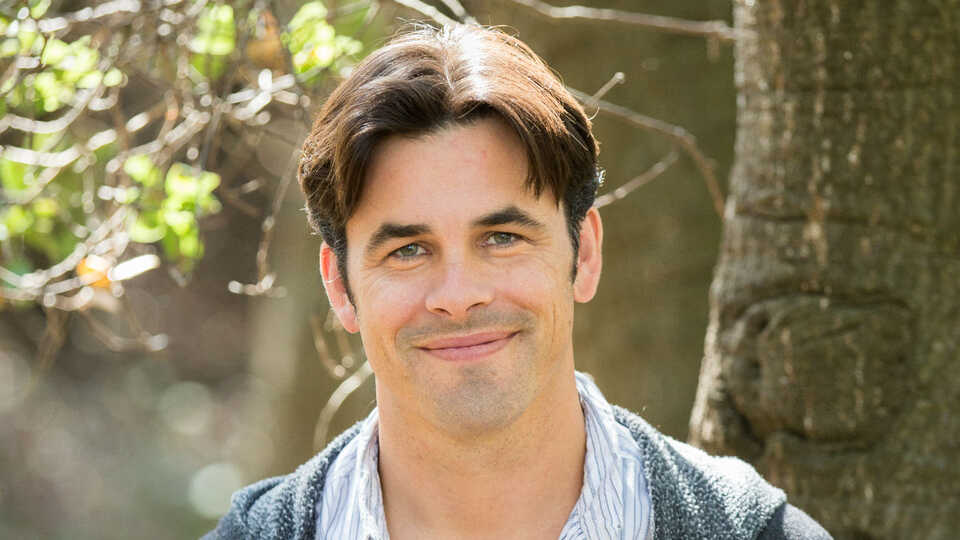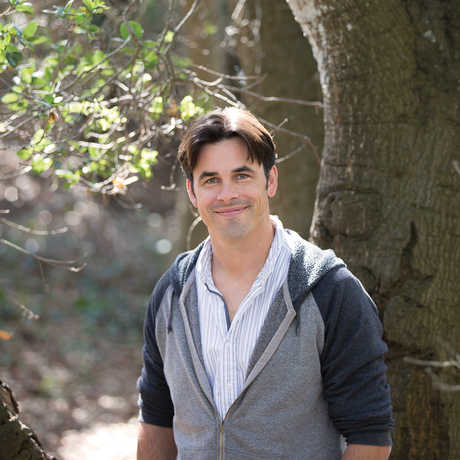iNaturalist’s mission is to connect people to nature and generate scalable streams of high quality data for science and conservation. The core activities on iNaturalist that achieve both of these goals are (1) Facilitating the sharing of observations of diverse audiences and geographies (2) Encouraging discussions and identifications that teach one another about nature (3) Generating high quality data with scientific integrity to fill gaps in our understanding of the natural world (4) Transforming community generated data into useful services. For example, in February 2019, several naturalists and students found a strange fish washed ashore near Santa Barbara, CA. As described in this blogpost, by posting their find to iNaturalist, the observers collaborated with fish scientists in Australia to identify the species as a hoodwinker sunfish (Mola tecta)—a rare Australian fish not known from California. The Australian biologist who described the fish in 2014 herself was directly involved in the discussion on iNaturalist. This story made international headlines on news sites like CNN.

"As a Patterson Scholar, I have been given the opportunity to continue my work as a co-director of iNaturalist which has grown over the last year to become the largest citizen science site in the world."
–Dr. Scott Loarie, Patterson Scholar and co-director of iNaturalist
Read Dr. Loarie's report on his 2019 research findings below.
iNaturalist's ascent
While the fish example above illustrates the ability of iNaturalist to engage everyone from youth to scientists in making scientific discoveries together, the true power of iNaturalist is the unprecedented scale at which these goals are achieved.
Seek by iNaturalist—Engaging larger, more diverse audiences
Because the iNaturalist platform is attempting to bridge a diverse audience from youth to expert scientists, it's difficult to make interfaces that appeal to all audiences. The iNaturalist website and mobile apps are primarily designed to appeal to "naturalists"—that is, people who have an interest int he natural world and want tools to share, learn, and contribute to science.
We launched the "Seek" program in 2017 to build a new entry point into the iNaturalist experience designed to appeal to audiences who might not identify as "naturalists" and to provide a path forward for these audiences to become naturalists. Seek relies on the data generated by the iNaturalist community and platform to function, but presents the user with a much simpler experience for engaging with and learning about nature. Drawing from milliions of wildlife observations on iNaturalist, Seek shows you lists of commonly recorded insects, birds, plants, amphibians, and more in your area. Users are able to scan the environment with the Seek Camera to identify organisms in real time.
On May 31, 2019, we launched functionality to post data from Seek to iNaturalist. To make Seek child-friendly, we had to take numerous steps to ensure that iNaturalist can accommodate young users at scale in compliance with the Child Online Privacy and Protection Act.
Seek was an Excellence in Early Learning Digital Media Award 2020 Honor Recipient from the Association for Library Service to Children and has reached almost one million downloads so far.
Scaling iNaturalist to keep up with growth
The major vehicle for structuring large community interactions has been the iNaturalist Forum on which over 2,500 new forum discussions are posted each month. The forum has been invaluable at helping coordinate our relatively small group of approximately 10,000 extremely active users who help curate the contributions from over a million more casual participants. As an example of these discussions, several have focused on crafting policies around making decisions regarding taxonomy, common names, conservation statuses, geographic places and names, statuses and establishment within those places.
Based on Alexa rankings, iNaturalist is now the most popular citizen science website in the world. As of January 2020, iNaturalist has accumulated nearly 2.5 million registered users—up from 1.5 million users in 2019. The scale at which iNaturalist now operates makes it capable of facilitating citizen-science events designed to engage diverse audiences like the annual City Nature Challenge while still maintaining rigorous scientific standards.
We have continued to grow the iNaturalist Network which now has eleven official international members and many more in the process of joining. These network partnerships help ensure that iNaturalist is a global community.
Developing scientific outputs for conservation
An increasing number of studies are using the images themselves to understand patterns in the phenotype of organisms. For example, a study led by Michael Moore, a graduate student at Case Western Reserve University, used hundreds of photos from iNaturalist to reveal patterns in the wing coloration of a dragonfly species related to temperature: “Identifying the evolutionary forces that act in addition to temperature to cause these patterns will hopefully help biologists understand how animals adapt to simultaneously balance the competing demands of multiple environmental factors,” Moore notes. Since large volumes of labeled images of living things weren't available before iNaturalist, and since the machine-learning tools to uncover these patterns in images are relatively new, I expect we will see many more studies of that nature. In many ways this “phenotypic revolution” is analogous to the “genotypic revolution” that was made possible in the 1980s when genetic tools capable of revealing patterns in the genomes of museum specimens became available.
“Without that initial boost from the iNaturalist dataset, I probably never would have looked seriously at the role of temperature in the evolution of [dragonfly wing coloration], and we would have had no idea that we could use this species to examine all of these important evolutionary ideas and concepts.” –Michael Moore, graduate student in biology at Case Western Reserve University
Changes in species distribution represent a core mechanism through which land use and climate change can lead to species extinction. Biogeographic studies are a key part of conservation science, and iNaturalist's incorporated location data is continuing to help scientists make biogeographic discoveries. So far, one of the best metrics of the scientific impact of the iNaturalist platform has been the number of scientific publications using data generated by the platform. As estimated by the Global Biodiversity Information Facility (GBIF), iNaturalist data have contributed to over 400 scientific publications, second only to the Smithsonian Institution among the 47,000 datasets GBIF tracks.
Looking forward
A few years ago we started building and parameterizing our 'Computer Vision' model which uses artificial intelligence to automatically identify species from photographs. This service remains the only one of its kind capable of identifying tens of thousands of species from across the tree of life and is now widely available and integrated into several third-party applications. We hope to operationalize the conservation models and services that we have been developing this year.
In 2020, the iNaturalist team has continued to make substantial progress on improving the platform. We will continue to utilize Seek, the iNaturalist Network, and collaborations like City Nature Challenge to grow our community of active users. We will make more strides towards a scalable and sustainable system of community-led governance, which includes policies and processes for conservation action.



